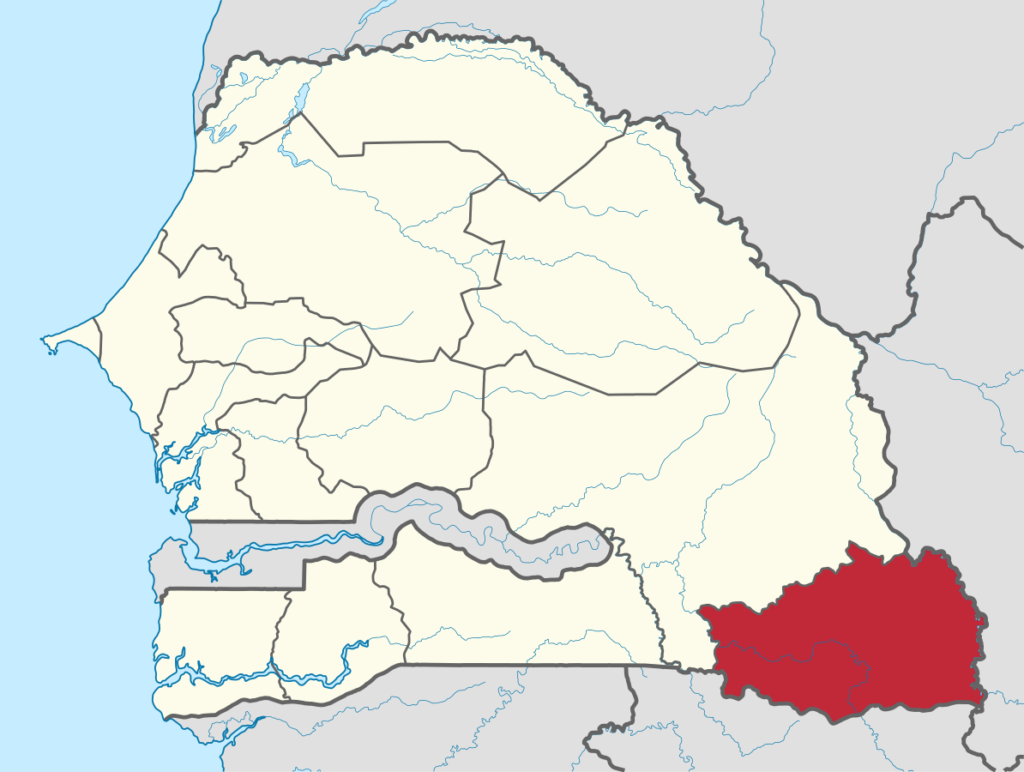On the contrary, such structures are preserved and sharpened with the GANIP filters. The operator is applied on (a) a real image acquired on the retina of a human eye. This study highlights the negative prediction of the need for cognitive closure in medical students by the personality dimensions Openness, Extraversion, and Honesty-Humility as well as its positive prediction by Conscientiousness and Emotionality.
Cited by other articles
- This is computed by storing two attributes in each of the nodes of a Max-Tree, rather than one.
- Training data is typically partitioned into several smaller mini-batches, each processed by a separate data replica of the model running on different sets of GPUs.
- The study was performed in accordance with the Declaration of Helsinki and the Ethics Committee of the Chamber of Physicians, Hamburg, approved this study and confirmed its innocuousness (PV3649).
- A total of 2,000 HVGs were selected on the basis of the reference datasets.
- It may be difficult for them to add asynchronous training to MegaScaler and may require a massive refactor or even starting a new greenfield project.
Unlabeled cells are classified by comparing distances to the prototypes, and the label of the closest prototype is assigned as a predicted cell type label. We also exploit the distance of each cell to its closest prototype as a proxy for uncertainty. Finally, prototypes enable extending an initial reference atlas with novel cell types from a labeled query without retraining the reference model as opposed to existing methods24. The variation of gene expression (xi) in a dataset can be ascribed to batch effects and biological signals.
A multi-scale analysis framework of different methods used in establishing ecological networks
- This is a typical single-domain situation with overlapping temporal scales.
- We have precisely detailed quarterly historical and forecasted power data of over 5,000 datacenters in the Datacenter Model.
- By contrast, activities that neuronal networks are particularly good at remain beyond the reach of these techniques, for example, the control systems of a mosquito engaged in evasion and targeting are remarkable considering the small neuronal network involved.
- The first third of the profiles was removed in order not to include peaks of energy at the beginning of the profiles caused by clashes at the bottom of the tunnel.
- ScPoli, like other methods for data integration that leverage CVAE, provides the user with a lower-dimensional single-cell integrated object and not a corrected count matrix.
- Hierarchal SGD is a very common innovation for multi-datacenter training in the near term.
We describe the development of an automatic pipeline for the analysis of pockets and tunnels in enzymes and its application to study enzyme–cognate ligand complexes. The results provided a way to select potentially biologically relevant tunnels. The proposed approach can be used for extending large protein datasets for structural analyses and screenings. We were able to successfully annotate and analyse structural features and the energetics of ligand passage through tunnels in 13,158 enzyme structures. The tunnel data collected in this study has been multi-scale analysis made publicly available as part of the ChannelsDB 2.0 database 14.
Materials and Methods
The data and metadata were curated by scientists at the https://wizardsdev.com/en/vacancy/senior-full-stack-developer/ Chan-Zuckerberg Initiative and collected from refs. We ran scPoli for 100 epochs (80 pretraining) on the same dataset (PBMC benchmarking data, 4,000 highly variable genes (HVG)) under- or oversampled to reach sizes of 1K, 10K, 100K and 1M cells. The model was trained with either a sparse or a dense input matrix to test the difference in memory consumption and training time between the two.
In a biological system, specific cellular activities or functions are often carried out by interactions between genes and their products. These interactions form dynamic, complex networks which can result in changes in higher-level biological systems such as tissues and organs. When looking at the first two principal components (PCs) of the sample embeddings we found that samples from the same studies grouped together (Fig. 3d and Supplementary Fig. 3a). We additionally found metadata that covaried with the sample representation. These included information regarding properties of the sample such as subject type (for example, donor or alive) (Fig. 3d) and anatomical location (Supplementary Fig. 3b).
Simulating short-range order in compositionally complex materials
Tremendous efforts have been made to solve the data integration problem for single-cell RNA sequencing datasets using approaches ranging from statistical8,9,10,11 and graph-based12,13,14 methods to deep learning models5,15,16,17. Nonetheless, single-cell data integration remains challenging18, especially in the case of many datasets with a variety of technical and biological properties. Unfortunately, ill-posed problems are relatively common in the biological, biomedical, and behavioral sciences and can result from inverse modeling, for example, when identifying parameter values or identifying system dynamics. Along those lines, physics-informed neural networks and physics-informed deep learning are promising approaches that inherently use constrained parameter spaces and constrained design spaces to manage ill-posed problems.
We conclude with future directions for multiscale modelling of composites using FE2. Supervised learning, as used in deep networks, is a powerful technique, but requires large amounts of training data. Recent studies have shown that, in the area of object detection in image analysis, simulation augmented by domain randomization can be used successfully as a supplement to existing training data. In areas where multiscale models are well-developed, simulation across vast areas of parameter can, for example, supplement existing training data for nonlinear diffusion models to provide physics-informed machine learning. Similarly, multiscale models can be used in biological, biomedical, and behavioral systems to augment insufficient experimental or clinical datasets.
We adapted scPoli to work on scATAC-seq data by using a Poisson likelihood for modeling fragment counts. Fragment counts are obtained by aggregating odd and neighboring even reads. A table with the hyperparameters used for training the models presented in this work is available at Supplementary Table 2. Unlabeled prototypes offer good reference points for downstream analyses and novel cell type annotation but are not used for the prototype loss computation.



